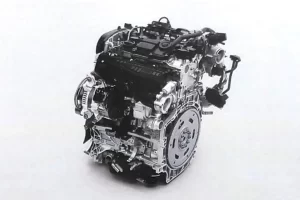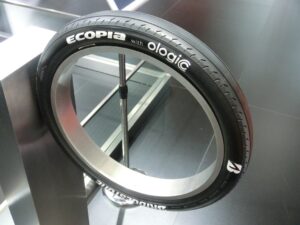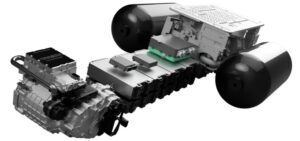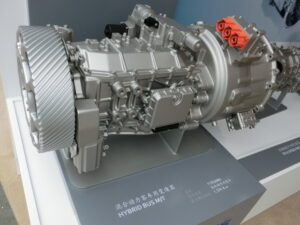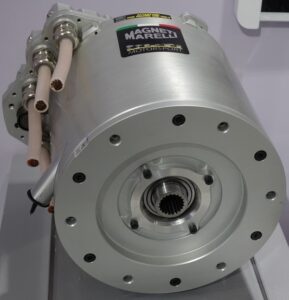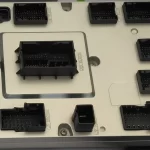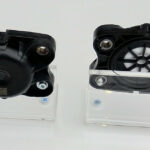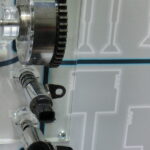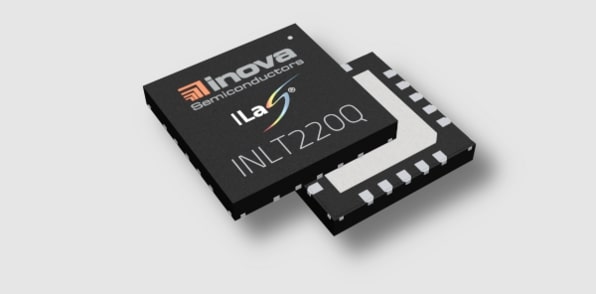
Inova Semiconductors has announced the INLT220Q, a mixed-signal transceiver for automotive ISELED light and sensor networks (ILaS). The IC establishes a daisy-chain connection with 2 Mbit/s and low latency over several meters of simple, unshielded twisted pair cable (UTP).
The device allows to build centrally controlled, robust automotive ISELED LED networks with sensors and actuators. A vehicle wide ILaS network can consist of up to 4079 individual addressable nodes. It uses a packed, switched communication protocol. A node can be an INLT220Q device configured as a branch device or client device, for example ISELED smart LEDs or simple sensor subsystems connected via UTP cables.
By providing two cable interfaces (ISP, ESP) and an interface for ISELED components (chip to chip, CSP), the transceiver IC offers a high degree of flexibility for the creation of branched networks. Three additional GPIOs can be used to control sensors such as buttons and switches as well as actuators such as vibration motors for haptic feedback. The integrated CD/DC buck controller allows a direct power supply from the battery.
The INLT220Q ILaS transceiver also includes a temperature sensor as well as an A/D converter to monitor the device’s operating voltage and ambient temperature. In addition, an OTP memory is integrated in which users can store product information about the product (manufacturer ID, batch number, etc.) as well as network addresses. This means that even if individual components fail, the remaining network devices can still be controlled without having to adjust the addressing table in the software. The memory is programmed via the ILaS protocol; this can be done either by the supplier or by the OEM itself.
The device will be AEC-Q100 qualified and operates over a wide temperature range of –40°C to +105°C. Inova supplies the IC in a 5mm x 5mm x 0.8mm wetQFN-20 package with a 0.65mm pitch.


